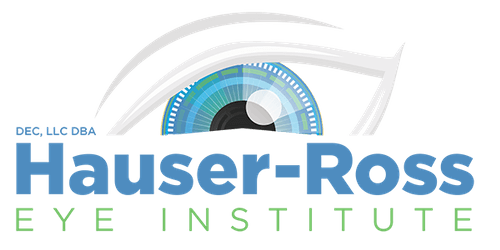Cosmetic Eye Surgery

What is eyelid surgery?
Eyelid surgery and blepharoplasty are specialized areas of ophthalmology that address conditions or abnormalities affecting the eyelids, lacrimal (tear) system, orbit (bony cavity around the eye), and face overall.
What conditions can eyelid surgery treat?
- Loose or sagging skin that creates folds or disturbs the natural contour of the upper eyelid, sometimes impairing vision
- Excess, fatty deposits that appear as puffiness in the eyelids
- Bags under the eyes
- Drooping lower eyelids that reveal white below the iris
- Excess skin and fine wrinkles of the lower eyelid
Eyelid procedures include:
Upper Eyelid Blepharoplasty (“eyelift”)
Upper eyelid blepharoplasty is an outpatient procedure that reduces excess fat and skin in the upper eyelids that, if left untreated, can interfere with normal vision. During the procedure, incisions are made along the contour of the eyelid crease to remove the fat. Incisions made are barely visible, leaving evidence that will fade over time.
Blepharoplasty is often recommended if a significant improvement in the visual field can be achieved.
Lower Eyelid Blepharoplasty
Lower eyelid blepharoplasty reduces excess fat and skin in the lower eyelids by making incisions (either inside or outside the lower lid) and removing the fat. Incisions made inside the eyelid are not visible; incisions outside the eye are barely visible and gradually fade.
Ptosis Repair
Ptosis, the drooping of the upper eyelid, is a condition affecting many individuals and can be found in one or both of the upper eyelids. When the level of the upper eyelid falls, vision can be obstructed, hindering daily activities. To repair, ophthalmologists make careful incisions to the upper eyelid crease and tighten muscles responsible for raising the eyelid.

